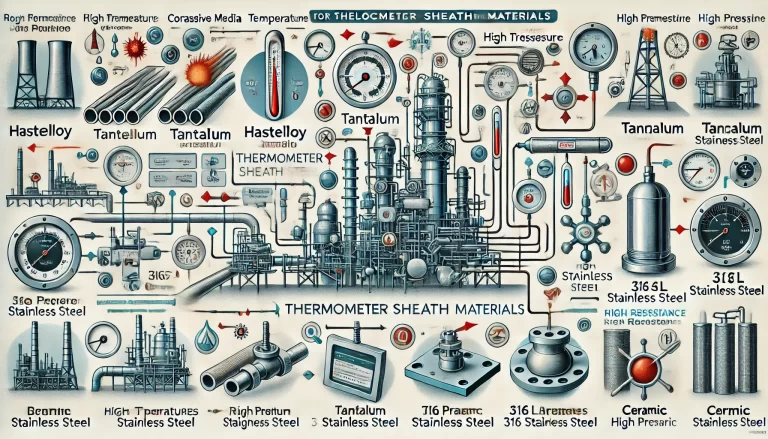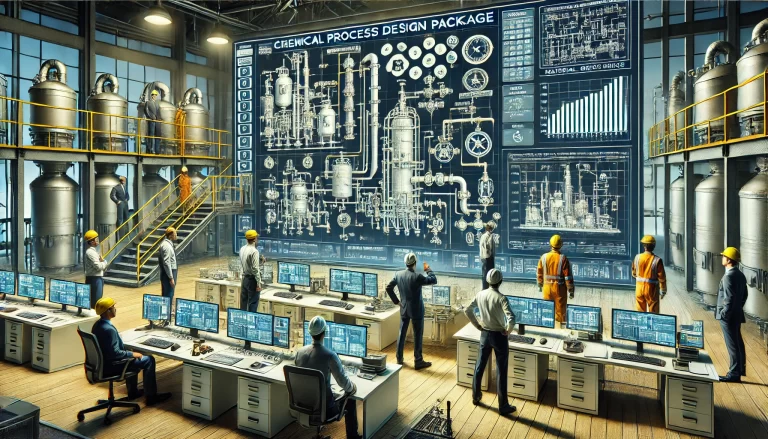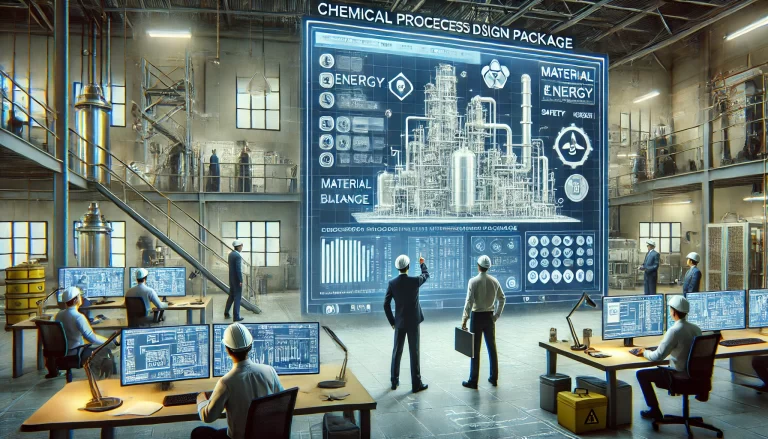Instrumentation maintenance in chemical plants is a critical component of ensuring safe, stable, and efficient production. As a key factor influencing operational efficiency and cost-effectiveness, maintenance strategies have evolved with technological advancements. Traditionally, enterprises maximized production by enhancing capacity, but today, the focus is on achieving a balance between operational efficiency, maintenance, and overall cost. This article explores the essentials of intelligent and scheduled maintenance and provides guidance on choosing the right approach for your facility.
The Shift in Maintenance Paradigms
Historically, chemical plants followed fixed inspection and maintenance cycles, typically every three to five years. These cycles, while effective for simpler operations, often resulted in unnecessary maintenance or unanticipated failures. Modern advancements have introduced intelligent maintenance solutions that leverage data analytics, predictive diagnostics, and remote monitoring to enhance reliability and reduce costs.
Intelligent Maintenance: Utilizes advanced technologies such as IoT sensors, AI-driven diagnostics, and real-time monitoring. This approach predicts potential failures and optimizes repair schedules based on actual equipment conditions.
Scheduled Maintenance: Relies on predefined intervals for inspections and repairs, ensuring regular upkeep. This is more suitable for smaller facilities with predictable operational conditions.

Key Elements of Instrumentation Maintenance
1. Daily Inspections
Plan Development: Create a detailed inspection schedule tailored to instrument types, criticality, and environmental conditions.
Visual Checks: Ensure instruments are clean, intact, and free from corrosion or leaks. Confirm that displays, dials, and indicators function correctly.
Parameter Verification: Compare instrument readings with expected values and process conditions to detect discrepancies.
Connection Assessment: Inspect power sources, signal connections, and pipelines for integrity and stability.
2. Periodic Maintenance
Cleaning and Lubrication: Regularly clean instrument surfaces to prevent contamination. Lubricate moving parts for smooth operation.
Calibration and Testing: Use standardized calibration tools to verify measurement accuracy and ensure compliance with industry standards.
Component Replacement: Replace worn-out parts, such as sensors, valves, or transmitters, to maintain optimal performance.
Preventive Measures: Analyze historical data and maintenance logs to proactively address potential issues.
3. Fault Management
Rapid Response: Develop protocols for immediate action upon receiving fault alerts. Train staff to identify and address failures efficiently.
Diagnostics: Use tools like multimeters, oscilloscopes, or signal generators to pinpoint issues based on operational history and symptoms.
Emergency Handling: Establish fail-safes, such as redundant systems or manual overrides, to mitigate risks during critical failures.
Documentation: Record fault details, including time, cause, and resolution, for future reference.

4. Safety Management
Compliance: Adhere strictly to safety standards and operational protocols specific to chemical plants.
Training: Conduct regular safety workshops to enhance personnel’s awareness and technical proficiency.
Hazard Mitigation: Perform routine checks for grounding, explosion-proof systems, and safety signage integrity.
5. Documentation and Communication
Asset Records: Maintain comprehensive archives for each instrument, covering specifications, maintenance history, and calibration records.
Operational Guidelines: Draft clear operating procedures and contingency plans tailored to specific equipment.
Team Collaboration: Foster communication between departments, ensuring seamless coordination during maintenance activities.
Comparing Intelligent and Scheduled Maintenance
| Feature | Intelligent Maintenance | Scheduled Maintenance |
|---|---|---|
| Cost | High initial investment; reduced long-term costs | Lower upfront costs; potential for higher long-term expenses |
| Efficiency | Optimized for real-time adjustments | Relies on fixed intervals regardless of actual conditions |
| Suitability | Large, complex facilities with critical operations | Smaller, stable facilities with less variability |
| Technology Requirements | Requires IoT, predictive analytics, and skilled operators | Minimal technological requirements |
| Failure Risk | Proactive failure prevention | Reactive; higher risk of unexpected breakdowns |

How to Choose the Right Approach
Assess Facility Size and Complexity:
For large chemical plants with intricate systems, intelligent maintenance offers better ROI by preventing costly failures.
Smaller facilities with straightforward processes may find scheduled maintenance more cost-effective.
Evaluate Budget Constraints:
Consider the initial investment and long-term savings of intelligent systems.
Assess the operational risk and cost implications of each method.
Analyze Workforce Capabilities:
Intelligent systems require trained personnel to interpret data and manage advanced tools.
Scheduled maintenance demands systematic planners and routine-oriented technicians.
Adopt a Hybrid Approach:
Combine both strategies by using scheduled maintenance for low-priority assets and intelligent systems for critical ones.

Conclusion
Choosing between intelligent and scheduled maintenance depends on your facility’s scale, complexity, and operational priorities. Intelligent maintenance offers transformative potential through predictive insights and efficiency, making it ideal for modern, large-scale operations. Conversely, scheduled maintenance remains a practical solution for smaller plants with stable conditions. Regardless of the chosen approach, investing in skilled personnel, comprehensive documentation, and safety measures ensures the success of any maintenance strategy.
